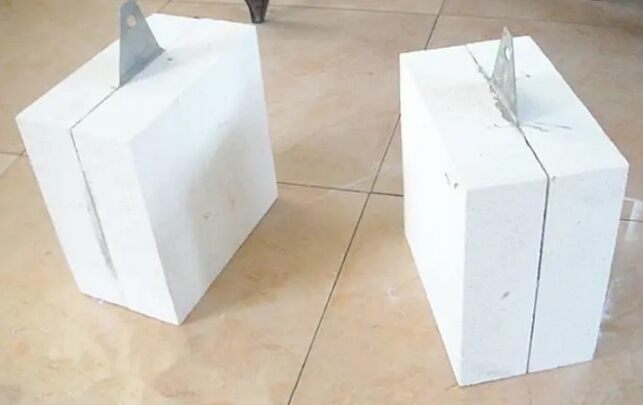Ceramic Kiln
As one of producers of high temperature insulating products including insulation brick and ceramic fibre, Fengyuan Company have great experience to the firing conditions of ceramic products and the refractory lining requirements. Up to now, there are many kilns firing ceramic products from tiles to tableware or from sanitary ware to fine bone Chinaware have been lined with our range of insulating products.
CERAMIC KILN TYPE
At present, the kilns used in ceramic industry generally include: tunnel kiln,roller kiln,shuttle kiln,pusher kiln,frit kiln, etc.
Mainly the light weight materials (insulation bricks and ceramic fibre) are used in ceramic kiln.
CERAMIC KILN BUILDING MATERIAL
Mullite insulation brick 
On the inner wall and backing of the hot surface of the kiln, mullite insulation bricks are needed, because it have features :low thermal conductivity, high temperature resistance, good stability, fine size, and can be processed into various shapes.
Grade 26 insulating fire bricks and Grade 28 insulation bricks are the most popular and widely used in kiln roof, kiln body and kiln bottom.
Ceramic fiber insulation material
Kiln wall lining and backing materials can also be used by thermal insulation cotton and ceramic fiber
modules etc.
PRINCIPLES OF SELECTING INSULATION MATERIALS FOR CERAMIC KILN
The main performance of the kiln is mainly determined by the performance of the refractory insulation material, which directly affects the investment cost, working performance, thermal efficiency, and energy consumption costs of the kiln. General principles for selecting refractory insulation materials:
The property and thermal characteristics of the kiln
Working temperature, high temperature strength, and chemical stability of the refractory insulation materials
Service life
Investment cost and maintenance costs
Generally speaking, heavy refractory materials focus more on certain technical performance indicators, such as high temperature stability, chemical stability etc.Light-weight insulation materials pay more attention to comprehensive technical and economic indicators of input and operation.
When selecting lightweight insulation materials, it is generally determined by the thermal conductivity and the cost. A small thermal conductivity value indicates that the thermal insulation material has a good thermal insulation effect and the energy cost during operation is low. The low cost of insulation material per unit volume means that the investment cost is low and has good investment economic effect.
